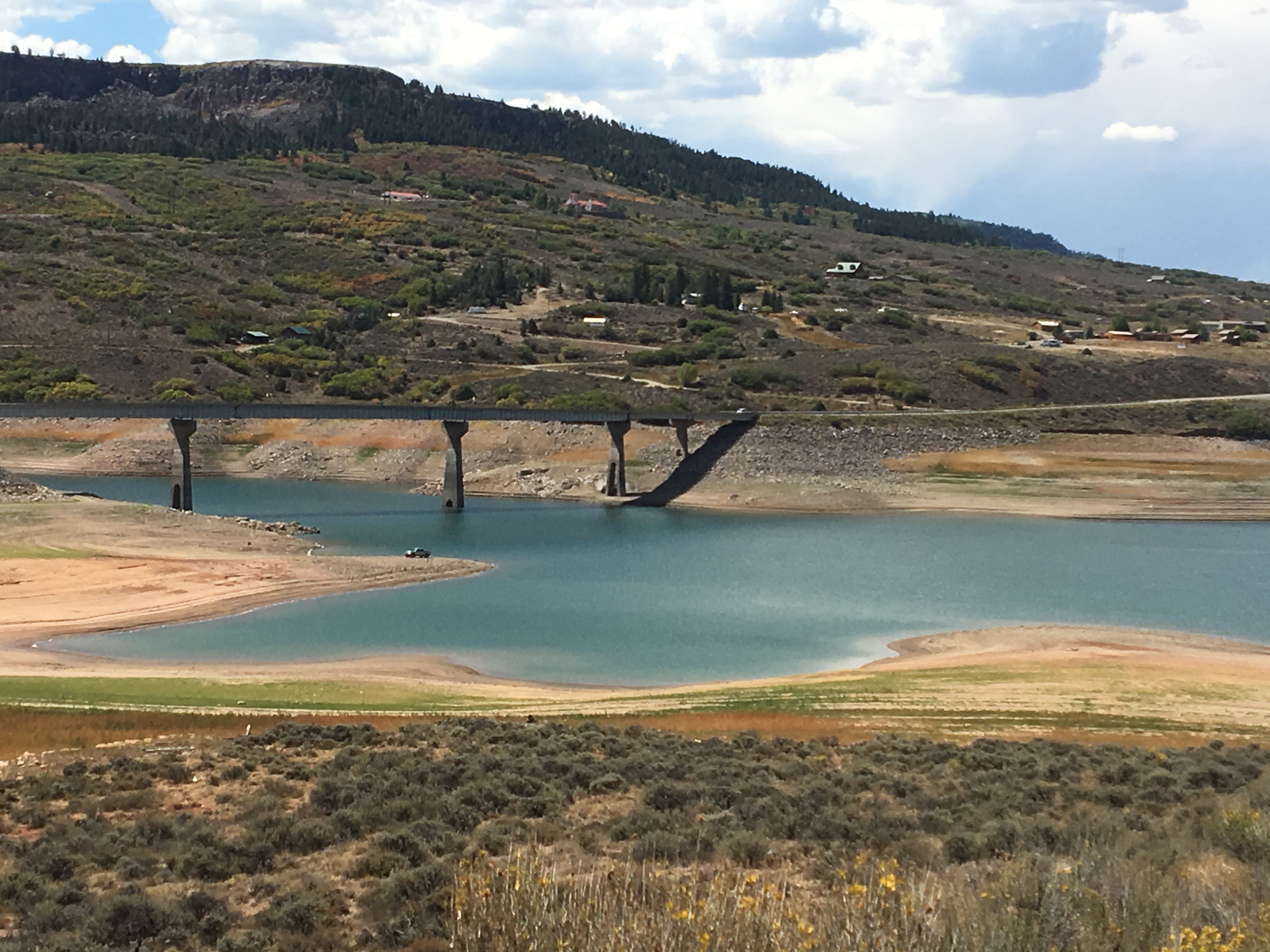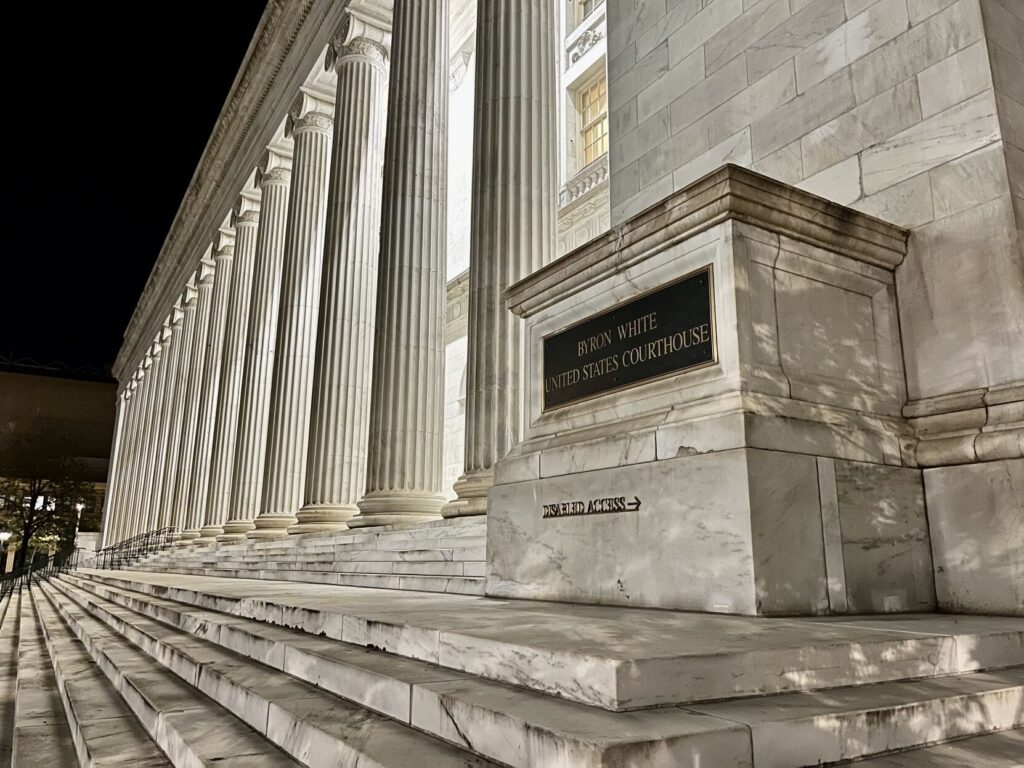Colorado’s drought set to be 4th worst on record

If you suspected the drought this year is one for the record books, you’re right – especially for southwestern Colorado.
The Colorado water year, which concludes Sept. 30, looks to be the fourth driest on record since the state began tracking water supplies 123 years ago.
Southwestern Colorado is expected to set a record for the lowest precipitation and driest water year on record, according to water officials who met Tuesday to review the state’s water supplies. Statewide, 2018 looks to be about the fourth driest, behind 1934, 2002 and 2012, with precipitation (rain and snow) about 4.55 inches below the statewide average of 16.67 inches.
The Water Resources Task Force meets monthly to review precipitation and water levels at about 80 reservoirs scattered throughout the state. The review covers a water year, which runs from Oct. 1 to Sept. 30*.
It hasn’t been a good water year for most of Colorado. It started out badly with the warmest November on record, according to Zach Schwalbe of the Colorado Climate Center at Colorado State University. And this water year shapes up to be the third warmest on record, behind 1934 and 2000, at about 3.6 degrees Fahrenheit above the yearly average of 47.1 degrees.
Southwestern Colorado has been exceptionally warm – a record, according to Schwalbe, – addition to being exceptionally dry. Delta and Ouray counties alone were 4 degrees warmer than usual in August, Schwalbe noted.
For example, a precipitation station at Mesa Verde National Park has recorded 7 inches of water this year. The average is about 20, he said.
The one bright spot has been northeastern Colorado, which has received above-average precipitation over the past two months, although it came with a fair amount of hail that caused considerable damage to farm crops in the region. One task force member from the area noted his rain gauge was dented from baseball-sized hail, something he said has never happened before.
Schwalbe also spoke about hopes for an El Niño year, which would bring above-average moisture through the winter months. Experts predict about a 70 percent chance of a “moderate” El Niño year, but it won’t help all of Colorado. Forecast maps show northeastern and southeastern Colorado likely to see the most benefit.
At the same time, however, Schwalbe said that the National Oceanic and Atmospheric Administration (NOAA) predicts the next three months will be above average in temperatures.
Colorado’s reservoirs have taken major hits during the summer, with higher than normal water demands, according to municipal water officials. Thornton is expected to join the list of Front Range communities with voluntary water restrictions, an action that is expected to be approved this week by the city council, according to John Orr of Thornton. Those restrictions, which would limit lawn-watering to three days a week, could become mandatory next month, he said.
Colorado Springs already has voluntary water restrictions in place, said Justin Zeisler of Colorado Springs Utilities.
Demand on reservoir storage to cover agricultural, municipal and recreational water needs have drawn down water levels almost everywhere in the state.
Brian Domonkos, a hydrologist with the USDA’s Natural Resources Conservation Service, reported that statewide, Colorado’s reservoir levels are at 82 percent of average and at about 50 percent full. Compare that to 2017 – at this same time last year, levels were at 120 percent of average.
The South Platte River basin, which has 32 of the state’s 80 reservoirs, is at 105 percent of average; 19 reservoirs are above 50 percent full and only one – Elevenmile – is listed at being at capacity, or full.
The Arkansas River basin, which covers southeastern Colorado, is also in good shape, thanks to above average rainfall in August.
At the other side of the state, however, the reservoirs tied to the San Miguel, Dolores, Las Animas and San Juan Rivers are dramatically low.
The same story is repeated in the Gunnison River basin, where Blue Mesa reservoir, the second largest in the state, is at 39 percent of capacity.
Domonkos said the Gunnison basin has seen record low precipitation this year, but received above average rainfall in the first 10 days of September.
“It’s the best piece of news the Gunnison has had all year,” he told the task force.
Correction to note water year is Oct. 1 to Sept. 30.














